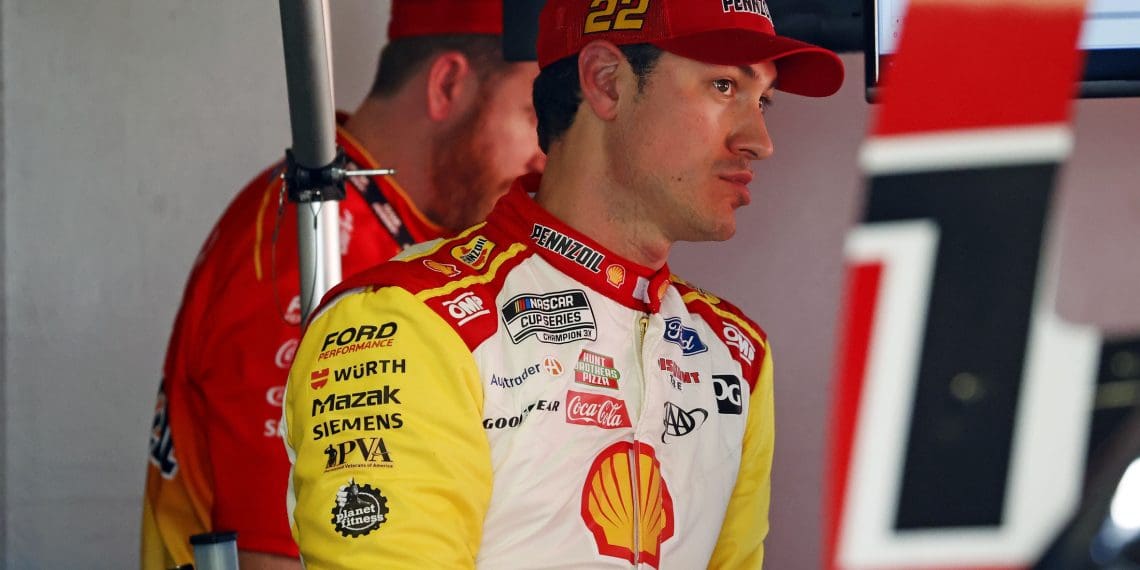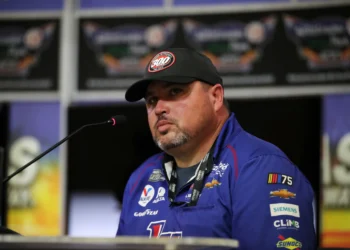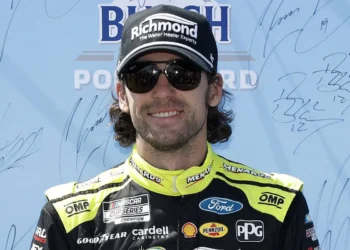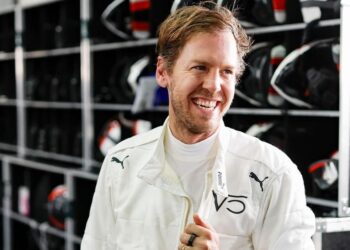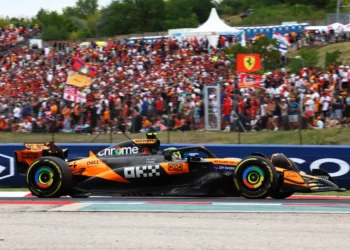The Great American Race is just days away, and Joey Logano, the 2024 Daytona 500 pole winner, has a stark warning about the disadvantage smaller teams face heading into the biggest race of the NASCAR season. While the level of parity in the Next-Gen era has increased, Logano believes big-budget powerhouses like Team Penske, Hendrick Motorsports, and Joe Gibbs Racing still have an unfair advantage over smaller teams trying to qualify.
With 36 chartered teams already locked in, nine open drivers will battle for four remaining spots. But is this truly a fair fight?
Logano: “Everyone Needs a Fair Shake”
Logano, a two-time Daytona 500 champion, voiced his concerns in an interview with SiriusXM NASCAR Radio, stressing how lack of practice time creates an uneven playing field.
“You’re qualifying for the Great American Race – more eyes on our sport than ever. And then you’re asking everyone to go out there cold turkey without even running the car – and you got a lot of drivers that just haven’t been here. A few of them don’t have a whole bunch of experience in teams… everyone needs a fair shake at it.”
This “cold turkey” approach is particularly tough for open teams, as veterans like Helio Castroneves—a four-time Indy 500 champion—have never driven a Next-Gen car before. Logano fears that one practice session isn’t enough to properly prepare smaller teams for the Duels, leaving them scrambling against NASCAR’s top teams.
The Big Teams’ Built-In Advantage
While the Next-Gen car was designed to create parity, Logano believes powerhouse teams still hold a major edge due to their experience and resources.
“There’s a lot of teams that have a bigger gain out of it…’cause the processes aren’t typical Team Penske, Hendrick, or Gibbs – they have a process for everything. Because of that, not many times there are issues – there is sometimes, but not very often. For a smaller team, it’s not like you can shake these things down anywhere else.”
Smaller teams often lack the resources, personnel, and data to optimize their cars quickly. Meanwhile, organizations like Penske, Hendrick, and Gibbs have entire departments dedicated to solving issues in real time. If something goes wrong for a lower-budget team, they might not even have the funds or personnel to fix the car in time for the Duels.
Does Daytona’s Format Favor the Powerhouses?
Daytona is a track known for its unpredictability, yet qualifying and race prep still heavily favor the best-funded teams.
🏎️ Big Teams’ Advantage:
✅ More resources for car setup and repairs
✅ Better engineering & technology for speed
✅ Experience with drafting & race strategy
🏎️ Small Teams’ Disadvantage:
❌ Limited practice time
❌ Fewer experienced crew members
❌ Less data to fine-tune setups
For upstart teams like Garage 66 and Legacy Motor Club, every lap matters. Any issue that arises in practice or qualifying could be race-ending before it even begins.
“Smaller teams have no time to fix issues before the Duels begin.” — Joey Logano
Is There Any Hope for Smaller Teams?
While Logano paints a grim picture, Daytona always has its surprises. Smaller teams have a few hidden advantages that could help them crack the field:
🔹 Drafting Opportunities – Even underfunded teams can stick with the lead pack if they find strong drafting partners.
🔹 Fuel Strategy – Pit strategy can create unexpected advantages, allowing smaller teams to gain track position.
🔹 The Big One – The inevitable Daytona wrecks could eliminate top contenders, clearing the path for a dark horse team.
We’ve seen underdog stories before. Michael McDowell (2021) and Trevor Bayne (2011) both won the Daytona 500 as longshots. But for open teams just trying to qualify, Logano’s warning is clear: the playing field still isn’t even.
Final Verdict: Is Logano Right?
Joey Logano’s concerns are valid—big teams absolutely have an advantage. But Daytona has always been a wildcard, and that unpredictability could help smaller teams overcome the odds.

